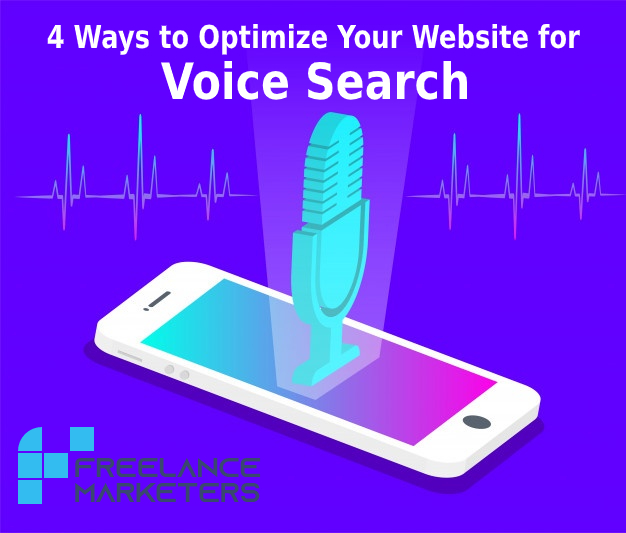Whether it is on a smartphone or speaker, it is no secret that voice search usage is rapidly increasing.
Since time is changing, as a marketer, you should always cope up with trends and everything that happens over the Internet. In all, you need to be adaptable to the new technologies, and of course, the way your target audience behaves. And one of the major changes is now you need to optimize your website for voice search.
Well, you might be wondering how to begin that?
Well, this guide will help you. Here we will tell you several ways which you can follow to optimize your website for voice search. You can even take help from a Google SEO Specialist for better results!
Take a look!
#1 Make Sure Page Loading Time Is Low
For quite some time now, Page loading speed has been a ranking factor, and it’s going to matter even more in the future.
Based on the Backlinko study earlier, websites with content that is easier to determine were deemed a better fit for ranking on top of Google searches. And, other than that the characteristic that was found to be favored by Google searches was the low loading time of the website’s pages.

To make sure that your website’s page loading time remains low there, are a lot of ways to follow. Like,
- You can optimize the images of your website
- Minify the CSS, HTML, and JavaScript on the webpage
- To “distribute service spatially relative to end-users to provide high availability and high performance”, use a content delivery network
A tool called PageSpeed Insights on Google has to help website developers and SEO-ers measure their site loading time and reduce it for better optimization.
Reaching to a top SEO Researcher can help you well in this case!
#2 Get Listed Online
Make sure that you get listed online is the most vital thing you need to do to prepare for the voice search revolution, especially if you are a local business.
It is a fact that smartphones using voice assistants such as Google Assistant and Siri cannot show you as many results as a Google text search, your website does not always show up on search results, mostly if it is a local business.
Instead, smartphones and smart devices show business listings first, as they comprehend that users are trying to find companies with local intent.

Undoubtedly, this step to optimizing your website does not technically relate to the website itself, but it is a vital step and exactly what you need to do if you want to raise high of your competitors.
Again, if you are not sure how to do that, you can always hire a Search Engine Optimization Specialist for your help!
#3 Use Long-Tail SEO & Write More Local Content
As a venue for optimizing voice search, long-tail SEO is probably one of the best ways of preparing for the world of voice search.
Primarily, there are two reasons for this:
- Often searches made through voice are comparatively longer than text searches.
- If you use long-tail SEO enables you to optimize for featured snippets, sending you directly to the top of search results.
In general, Long-tail SEO and content is hardly a sprint. Creating content optimized for long-tail keywords needs to be an integral part of your SEO strategy if you’re all set to take on the voice-driven world.

Besides optimizing for long-tail keywords, if you want to jump on the voice search SEO train at the right time, your content strategy needs to include local content starting from keyword research to rank tracking.
In fact, your business does not need to be a local business necessarily for you to write local content. Yes, to drive relevant traffic to your site based on the industry to which you belong, you can definitely dish out tons of local content.
#4 Structured Data Markup
To provide accurate and rich data to customers about a website or a business, something that works is structured data markup.
Basically, to help websites provide relevant results and more information to users, structured data on schema.org was a joint initiative by all the major search engines. Structured data enables you to get more details about events, price range, menus, etc. from a business directly on search engines, providing them to use this data whenever they need it.

In a nutshell, structured data helps search engines read and present details about your website more efficiently and quickly, so it’s a win-win for both the brand and the audience.
Well, Learning about ways is not enough, you surely need to implement them well for effective results. If somehow you are not able to do so, why not reach Top Online Marketers for the task?
We at Freelance Digital Marketers are a group of expert digital Marketing and SEO freelancers, specialize in bringing any brand to featured snippet!
Reach us and Enhance your Business Growth!


